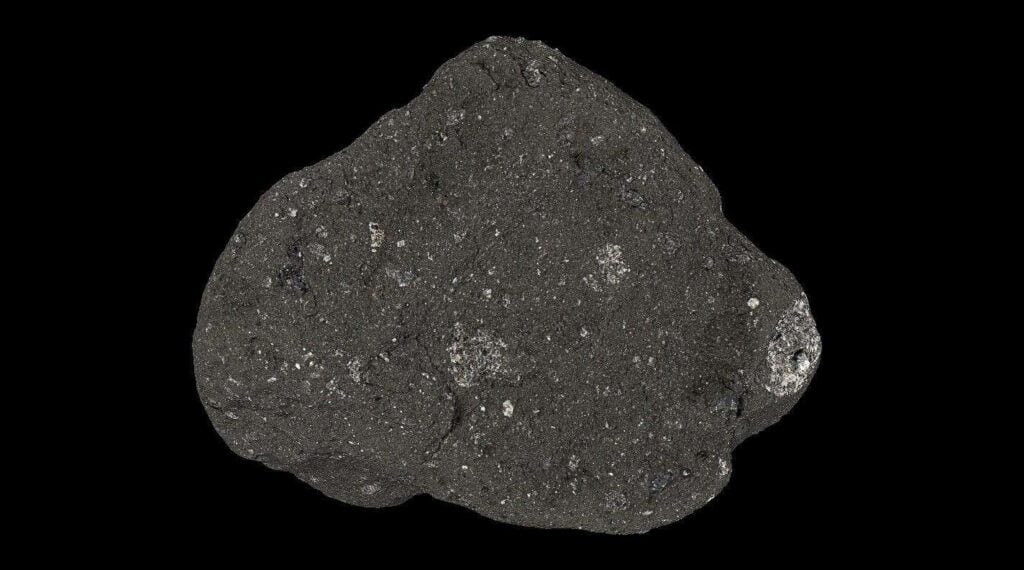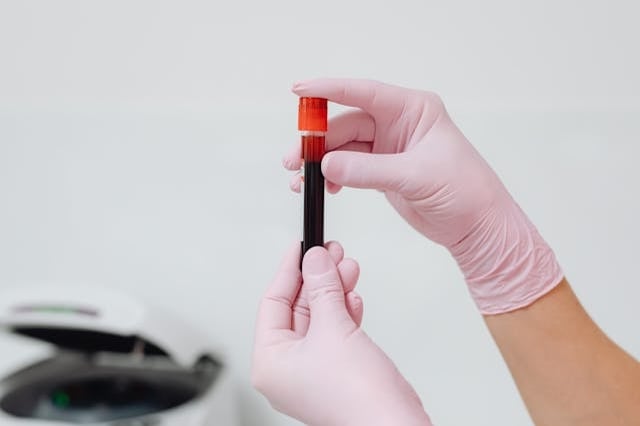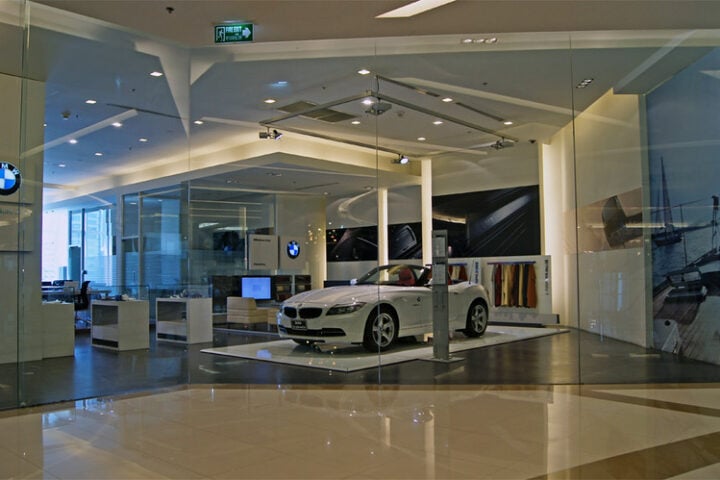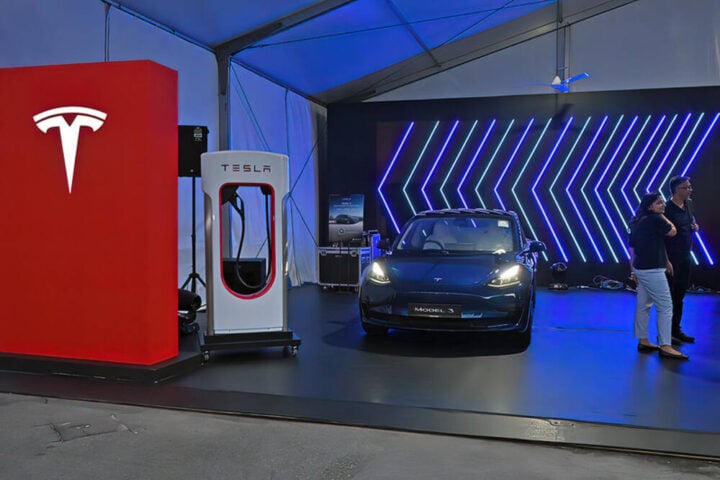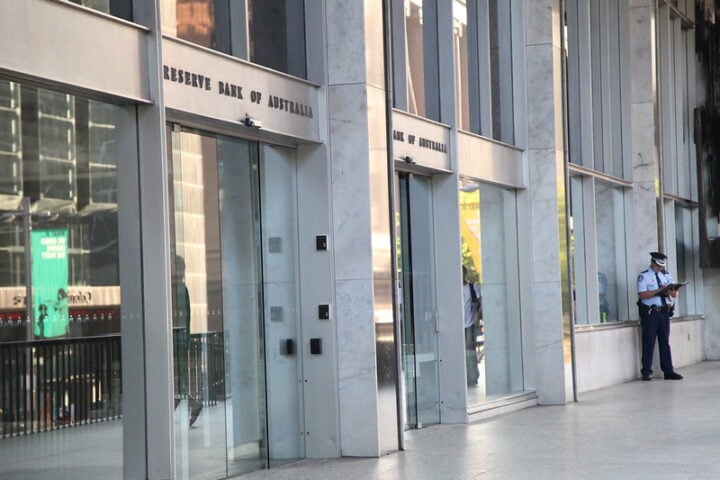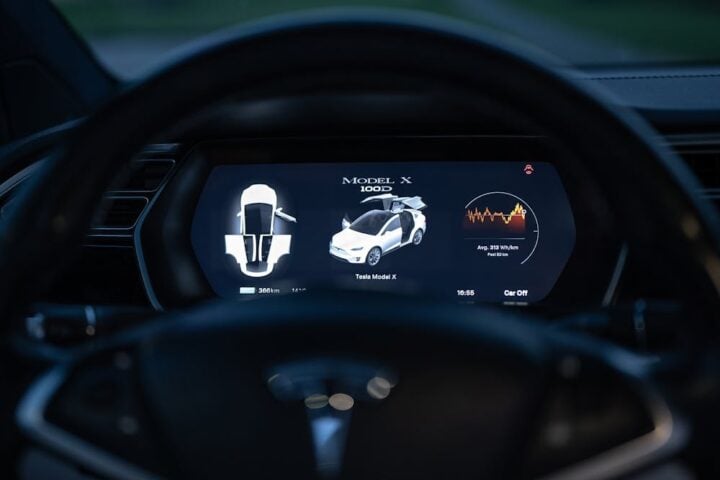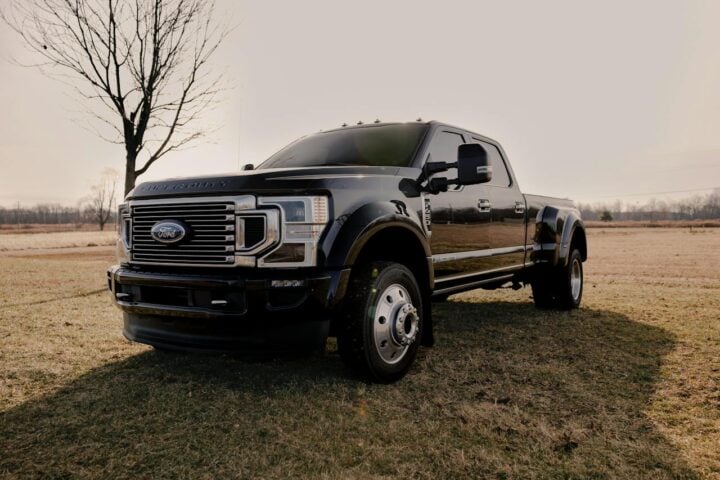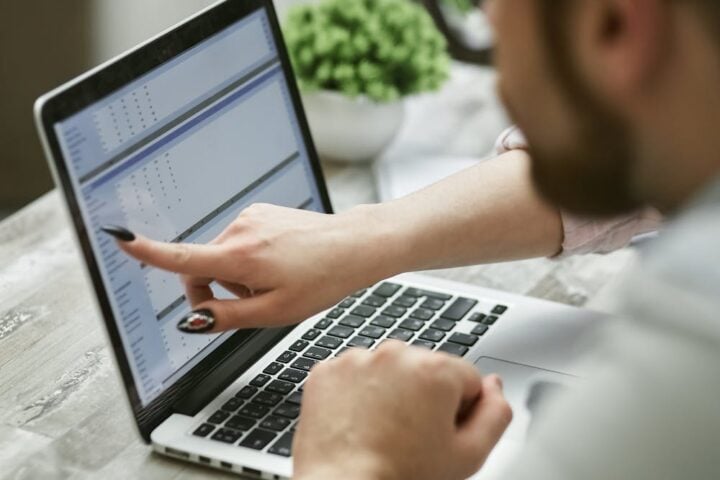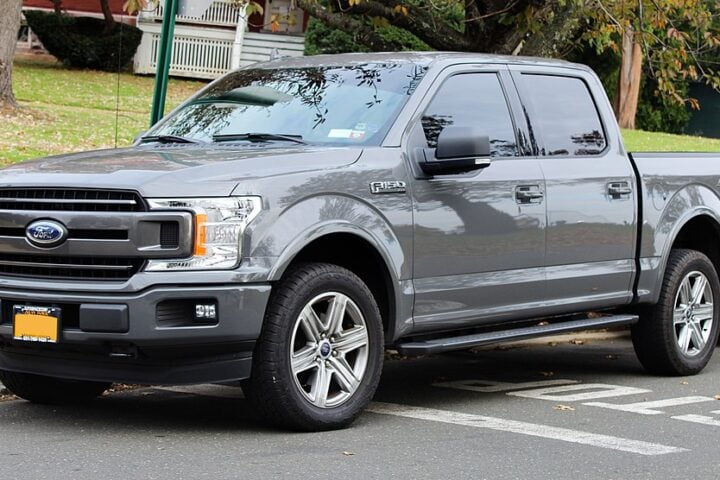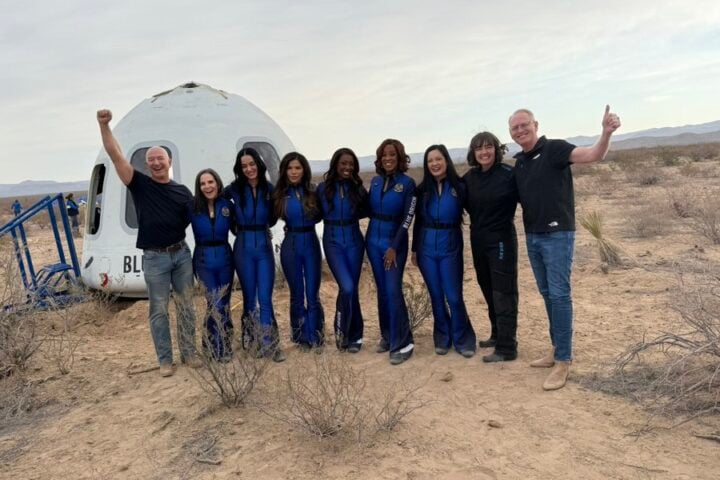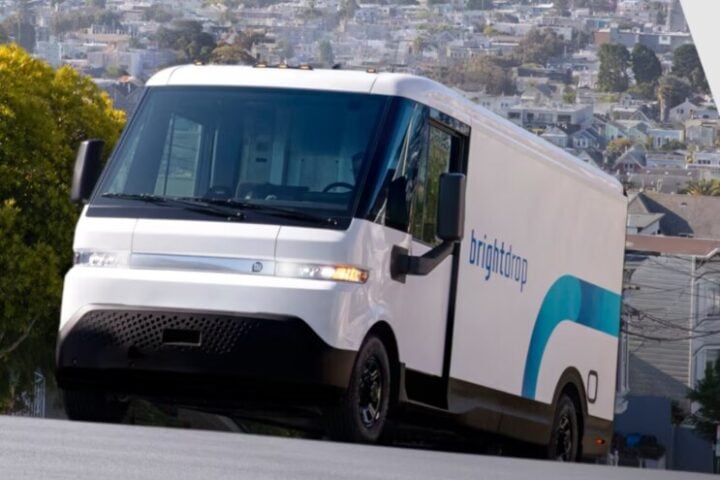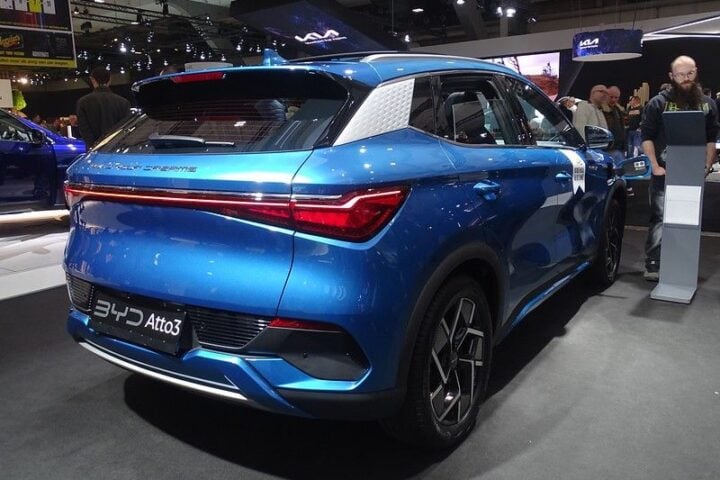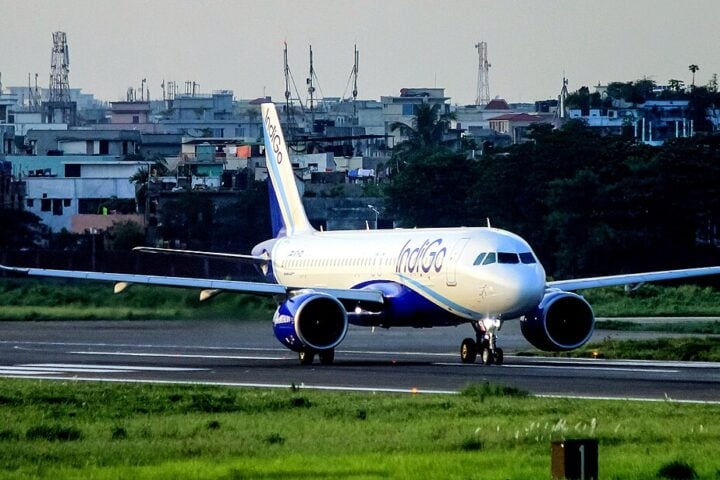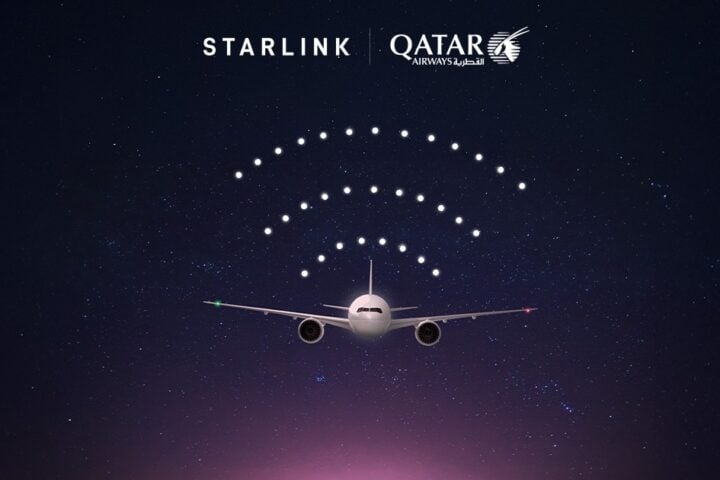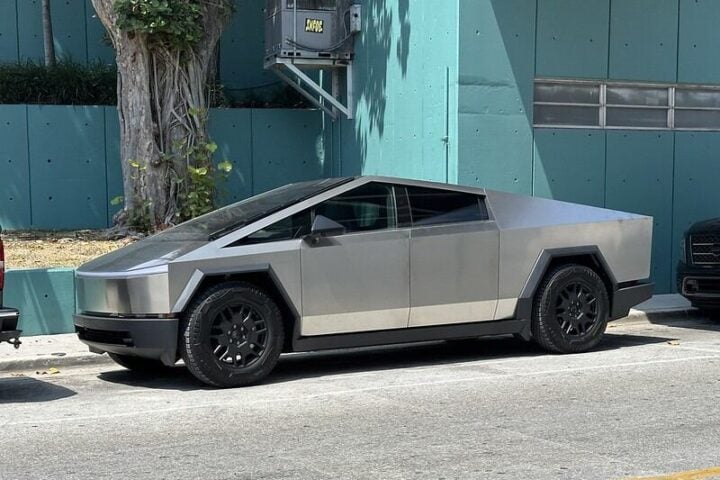Tesla is sticking to its timeline for launching robotaxis in Austin, Texas by June 2025, just weeks away. The company recently confirmed it has already begun testing a supervised version of the service with employees in Austin and the San Francisco Bay Area. These test vehicles have completed over 1,500 trips and covered 15,000 miles so far.”In Austin, 🔜,” Tesla posted on social media on April 18, reaffirming its commitment to the June launch date.
What’s Happening Now
The current testing involves human drivers who monitor the system’s performance – not the fully driverless service Tesla plans to roll out. This testing phase helps Tesla develop and refine several key components:
- The self-driving software itself
- A ride-hailing mobile app
- Vehicle dispatch systems
- Remote assistance operations
Rather than creating a separate app, Tesla will integrate the robotaxi service directly into its existing mobile application that owners already use.
The Austin Launch Plan
The initial robotaxi service in Austin will start small. Tesla plans to deploy just 10 to 20 Model Y vehicles equipped with its Full Self-Driving software. These cars will operate without human safety drivers, but only within specific boundaries in the city.
Elon Musk, Tesla’s CEO, expects the service to “scale up rapidly” after the initial launch, with plans to expand to other U.S. cities later in 2025.
Beyond Model Y: The Cybercab
Tesla is also developing a purpose-built robotaxi called the Cybercab. This futuristic vehicle will have no steering wheel or pedals, designed specifically for autonomous operation. The Cybercab is expected to enter volume production in 2026, according to Tesla’s plans.
Musk has made bold predictions about the rollout: “I predict that there will be millions of Teslas operating fully autonomously in the second half of 2026.”
A Different Approach to Self-Driving
Tesla’s approach to autonomous driving differs significantly from competitors like Waymo. While Waymo uses multiple types of sensors including LiDAR and radar, Tesla relies primarily on cameras and neural networks trained on real-world driving data. This camera-only strategy is less expensive but faces unique challenges in certain driving conditions like heavy rain or fog.
Similar Posts:
Financial Stakes
Tesla’s push into robotaxis comes as its traditional car business shows signs of slowing. Vehicle sales dropped 13% in the first quarter of 2025, increasing pressure on the company to open new revenue streams.
Many investors tie much of Tesla’s stock value to its self-driving ambitions. Musk has stated that autonomous technology will begin to “affect the bottom line of the company, and start to be fundamental” by the second half of 2026.
Expert Opinions
Financial analysts have mixed views on Tesla’s robotaxi timeline:
Brian Mulberry from Zacks Investment Management believes “this is happening, this is coming soon. They have the miles, the safety record and the technology they need.”
Others, like Seth Goldstein from Morningstar, are more cautious. He notes that Musk’s timeline for profitability sounds like “a very quick pace” for a technology that has taken competitors like Waymo nearly a decade to develop.
Regulatory Challenges
The rollout of robotaxis depends heavily on local regulations. Texas has created a more welcoming environment for autonomous vehicle testing than California, which requires multiple permits for commercial driverless operations.
Tesla has received a preliminary permit in California but needs several more permits from state agencies before it can launch a paid robotaxi service there. This regulatory landscape explains why Austin was chosen for the initial launch.

Looking Ahead
Though Tesla has missed self-driving deadlines before (Musk predicted one million robotaxis by 2020), the company’s repeated confirmation of the June 2025 timeline suggests unusual confidence.
As the launch approaches, investors will be watching for specific details about:
- Safety performance data
- Pricing structure
- Profitability potential
- Expansion plans
For now, Tesla remains focused on its June goal, with the upcoming Austin launch serving as a critical test for its autonomous driving technology and business model.

